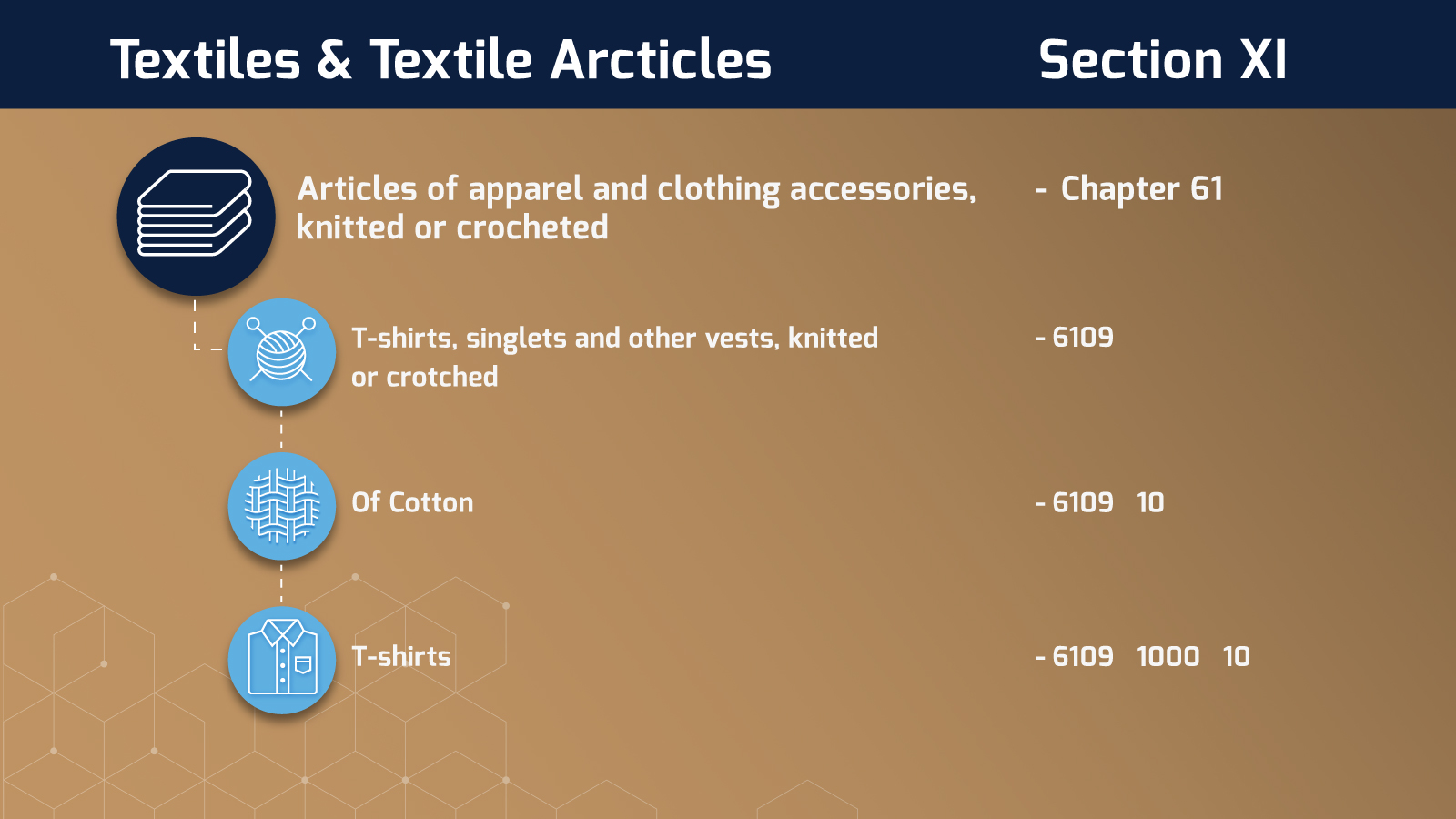Everything You Need to Know About UK Tariff Classification

In order to stay organised, different nations and trade blocs use different systems of codes and numbers to document and track import and export goods — naturally, those labeling systems tend to vary significantly from place to place.
Luckily, there is one recognised system upon which all national code schemes are based. Known as the Harmonised System Codes (HS Codes), these codes streamline global trade by providing a foundation upon which all national tariff classifications are based.
While the codes used in different countries may vary, they rely on the same fundamental components. However, the subtle differences between these codes require that shippers and carriers possess specialised, detailed knowledge of multiple complex systems to ensure timely and cost-effective delivery of goods.
How does this system impact UK tariff classification? Let’s dive in.
What is the harmonised system?
The World Customs Organisation developed HS Codes in 1988 to define products in transit and calculate the correct import duty tax quickly and efficiently. The harmonised system uses a standardised numerical system of six numbers, but individual countries can add additional numbers to gather more information on the cargo entering their ports.
HS codes describe the type of goods being shipped and help governments around the globe collect data and expedite the payment of tariffs. HS Codes must be used to clear every commodity that enters or crosses international borders.
How are HS codes used in the UK?
The UK’s unique version of the harmonised system is called commodity codes and takes its first six digits from the HS code. This documentation code helps determine the rate of Customs Duty and import VAT, taxes, and preferential rates, which may apply.
The format of the HS Code is made up of 4 parts, culminating in a ten-digit code. Each part provides more granular detail about the shipment relating to the type of product, the materials used to make it, how it was produced, and what it will be used for. The system breaks down into 21 sections and 98 chapters, each describing different industries and products.
A shipment of T-shirts, for example, uses code “6109 1000 10”. How is that tariff classification code determined – and how do you source the right code for your cargo? Let us break it down.
How do you find the correct commodity code?
You can use the UK Integrated Online Tariff search to find a commodity code. You can search for a specific good or use the chapter system to find where your product belongs within the system.
It’s essential to know when goods will be traveling and to stay up to date with the most recent regulations, as designations tend to change over time.
Returning to our T-Shirt cargo example:
- T-shirts are found in Section 11: Textile and textile articles
- Diving deeper, they’re considered articles of apparel and clothing accessories, knitted or crocheted, and are found in chapter 61
- Then you’d select the type of textile — T-shirts — from singlets, and other vests, knitted or crocheted, classified by 6109
- For the second number, you’d select the material used to produce the T-shirts. In this section, you can read additional details on intended use to determine if your product belongs under the general “T-shirts” designation or another one (for example, a T-shirt made for a baby will instead be 6111) to get the rest of the HS Code 610910
- From there, you’d select the specific qualifying “cotton T-shirt” category and get the remaining 6109 1000 10
Here’s a breakdown of how the chapter system looks online:

Always check import controls for your commodity control to see if there are any notices you should be aware of – this is especially true in a post-Brexit trading environment where VAT and trade restrictions have changed in the past year.
Need help with your commodity codes?
Once you look up a commodity code, you’ll be presented with applicable VAT rates and special conditions needed to import or export from the UK. All of this information is made available on the tariff classification service website.
Of course, the classification of many imports and exports can be very complex (not all products are as easily classed as T-shirts). Agricultural products, raw materials, and manufactured goods may require specialised knowledge to select the proper code.
The government offers some helpful advice to shippers and retailers on commodity codes, and while the insight they provide isn’t legally binding, it can help in ensuring the proper code for your goods. All the relevant information is available to you, but it can be very time-consuming to find if you ship a wide or variable range of goods. Additionally, as we’ve mentioned, you must keep up with any changes to the system, which can occur frequently.
Luckily, there are other alternatives for companies that see the value in working efficiently. A skilled and experienced customs broker maintains up-to-date information on commodity codes and other shipping practices and employs knowledgeable staff to ensure your shipments get where they need to be when they need to get there.
Take the stress out of dealing with customs officials with help from DDC FPO.
Connect with Us
Clear customs faster with DDC FPO, a trusted strategic partner for transportation and logistics companies worldwide.
How Can We Help You?
Get in touch to learn how we can support your success.
Get Started
